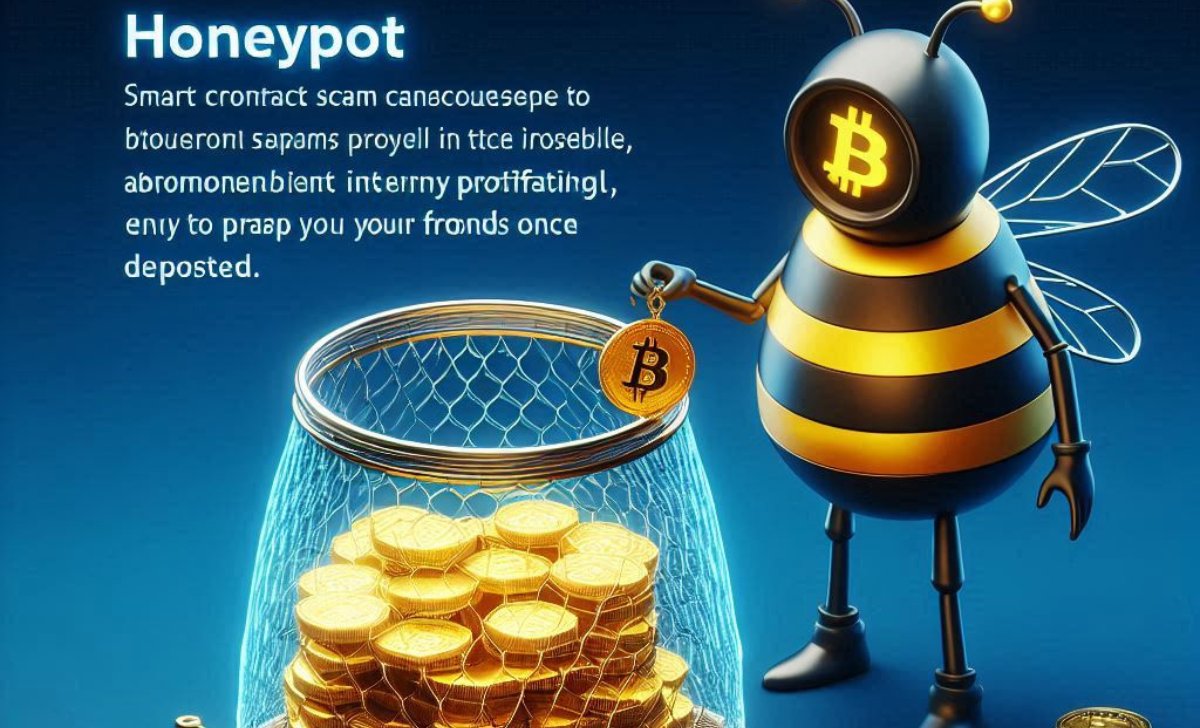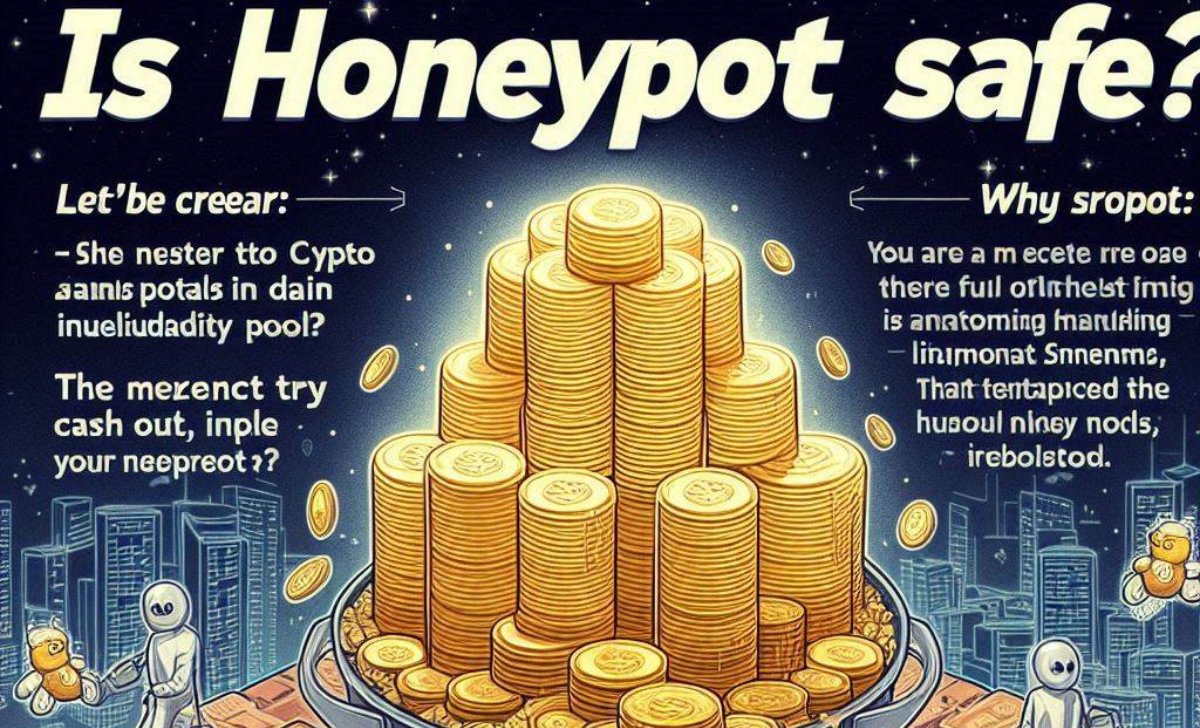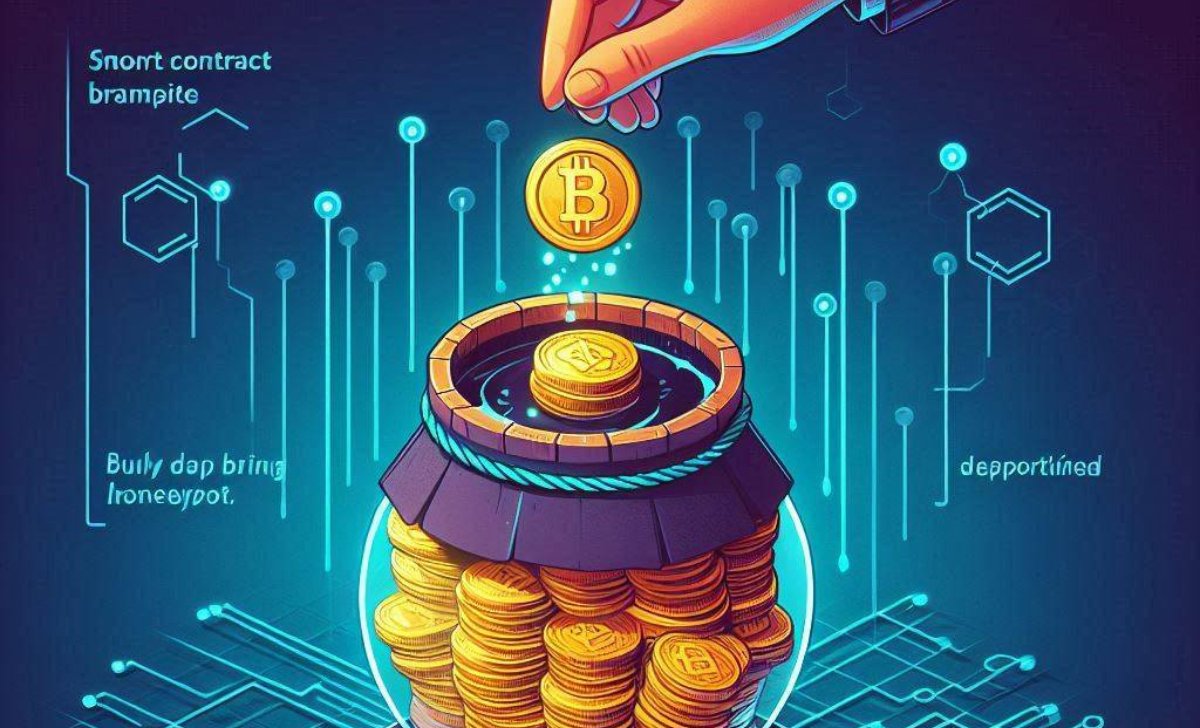Is Honeypot Safe is a common question among crypto investors trying to avoid hidden traps in smart contracts. Is it safe depends on your ability to recognize how these scams work, why they’re high-risk, and how to detect them using trusted tools and data.
This guide of TopCoin9 will walk you through everything from understanding honeypots, assessing their risks, spotting red flags, to applying proven strategies that protect your crypto funds.
What Is a Honeypot in Crypto?

A honeypot in cryptocurrency refers to a smart contract scam designed to entice investors by appearing profitable, only to trap their funds once deposited. The term originally comes from cybersecurity, where “honeypot” systems are used to bait hackers. However, in crypto, the purpose is far more malicious.
How Honeypots Work
In a typical crypto honeypot, the scam token is coded so that anyone can buy it—but only the creator or a select wallet can sell it. Investors see the token gaining value, often due to wash trading or artificial volume, and jump in, hoping to sell at a profit. Unfortunately, they soon find that selling is either blocked or incurs ridiculous gas fees.
These scams are commonly executed on decentralized exchanges (DEXs) such as PancakeSwap or Uniswap, where token creation is simple and regulations are minimal.
Real-World Example
One notable case is the “Squid Game Token” scam of 2021. Marketed as a Play-to-Earn token based on the hit Netflix show, it skyrocketed in value before developers rug-pulled investors, stealing over $3 million worth of funds. (BBC, 2021)
Now that you understand what a honeypot is, the big question remains: Is honeypot safe for investors at all? Let’s take a closer look in the next part!
Is Honeypot Safe for Crypto Investors?

Let’s be clear: the short answer to “is honeypot safe” is no — at least not in the context of scams. Honeypots are inherently dangerous and designed to exploit human behavior, not protect your funds.
Why Honeypots Are High-Risk
Unlike rug pulls, where scammers drain liquidity pools, honeypots are more sophisticated. They create the illusion of a functioning marketplace. You can buy in, but the moment you try to cash out, you’re blocked.
According to Chainalysis’s 2023 Crypto Crime Report, smart contract-based scams like honeypots contributed to over $1.6 billion in losses globally. (Chainalysis, 2023)
Lack of Oversight in DeFi
Honeypots thrive in decentralized finance (DeFi) due to minimal regulation. Without KYC protocols or external audits, fraudulent tokens are launched freely on DEXs like Uniswap or PancakeSwap. The absence of institutional oversight means victims rarely recover stolen funds – a challenge acknowledged by Forbes in their 2022 article on DeFi risks.
Any Legitimate Use Cases?
While the term “honeypot” has legitimate cybersecurity applications, such as detecting hackers in IT systems (Wikipedia, 2024) — in crypto, it is overwhelmingly linked to fraud. No verifiable cases exist where honeypot smart contracts have served investors’ interests ethically or transparently.
Having understood the high risks, let’s now explore how you can identify and avoid honeypots before falling victim in the next section!
How to Spot a Honeypot Scam in Crypto

While honeypot scams are increasingly sophisticated, certain red flags can help investors steer clear before losing funds.
- Check Smart Contract Behavior: Use tools like Etherscan or BscScan to inspect whether the token’s contract permits selling. If only specific wallets can sell while others are blocked, it’s likely a honeypot — an issue flagged by Cointelegraph in 2022 during the memecoin boom.
- Use Honeypot Checker Tools: Platforms like Honeypot.is, TokenSniffer, and RugDoc.io automatically scan for malicious code and sell restrictions. According to Hackernoon (2023), these tools have helped prevent millions in losses by flagging scam contracts early.
- Review Liquidity Lock & Wallet Distribution: Short-term liquidity locks or overly concentrated wallet holdings (e.g., 90% owned by one address) are major red flags. Use visual tools like DEXTools or Bubblemaps to analyze token distribution and suspicious on-chain activity effectively.
You can now detect honeypots, but how do you go beyond detection and build a bulletproof defense strategy? That’s what we’ll cover next!
Best Practices to Protect Your Crypto Funds
Protecting your assets from honeypots and other crypto scams requires strategic vigilance. Here are essential tips backed by data and expert recommendations.
- Always DYOR (Do Your Own Research): Before investing, read the whitepaper, research the team, and confirm smart contract audits from trusted firms like CertiK or Hacken. A MIT Sloan study (2021) found that projects with transparent teams and third-party audits are 60% less likely to be fraudulent.
- Start with Small Transactions: Before making a major investment, test the token with a small buy and sell to ensure you can exit freely. If the sell fails or incurs high gas fees, it may be a honeypot — a tactic noted in CryptoSlate’s 2022 scam prevention guide.
- Stick to Reputable Exchanges: Use trusted platforms like Binance, Coinbase or Kraken, which apply strict vetting processes to listed tokens. According to CoinDesk (2023), centralized exchanges with high regulatory standards significantly reduce scam exposure.
- Stay Updated on Emerging Scam Tactics: Follow trusted crypto security sources like CryptoSec.info, and communities like Reddit’s r/CryptoCurrency or expert profiles on X (formerly Twitter). The Verge (2022) reported that early awareness of scam trends helps investors avoid new types of fraud.
You now have the tools to stay safe, but how does this knowledge apply going forward? Let’s wrap it all up in the next section!
Is Honeypot Safe in 2025 and Beyond?

In today’s evolving crypto landscape, safety isn’t automatic — it requires constant vigilance. Is Honeypot Safe? The answer remains a clear no, except for the scammers who design them.
Fortunately, growing awareness and the rise of analytical tools like Honeypot.is and TokenSniffer have made detection more accessible. According to Chainalysis (2023), transparent blockchains and smart contract checkers have significantly reduced investor losses from these scams.
As DeFi technology matures, so do fraud techniques. But by using trusted tools, verifying sources, and choosing secure platforms, including the best crypto wallet for your needs — you stay one step ahead. Continue learning, question every investment, and never risk funds you don’t fully understand.
Conclusion
Is Honeypot Safe no longer a mystery when you understand how these scams work and how to spot them early. We hope this guide helped you stay informed and protect your crypto assets with confidence. Don’t forget to follow us for more updates and in-depth guides on navigating the world of crypto safely.

Ethan Carter, a seasoned crypto analyst with 7+ years of experience, has a deep understanding of market trends, DeFi, and blockchain technologies. His expert insights and market forecasts have helped thousands of traders and investors make informed decisions.
Email: [email protected]












